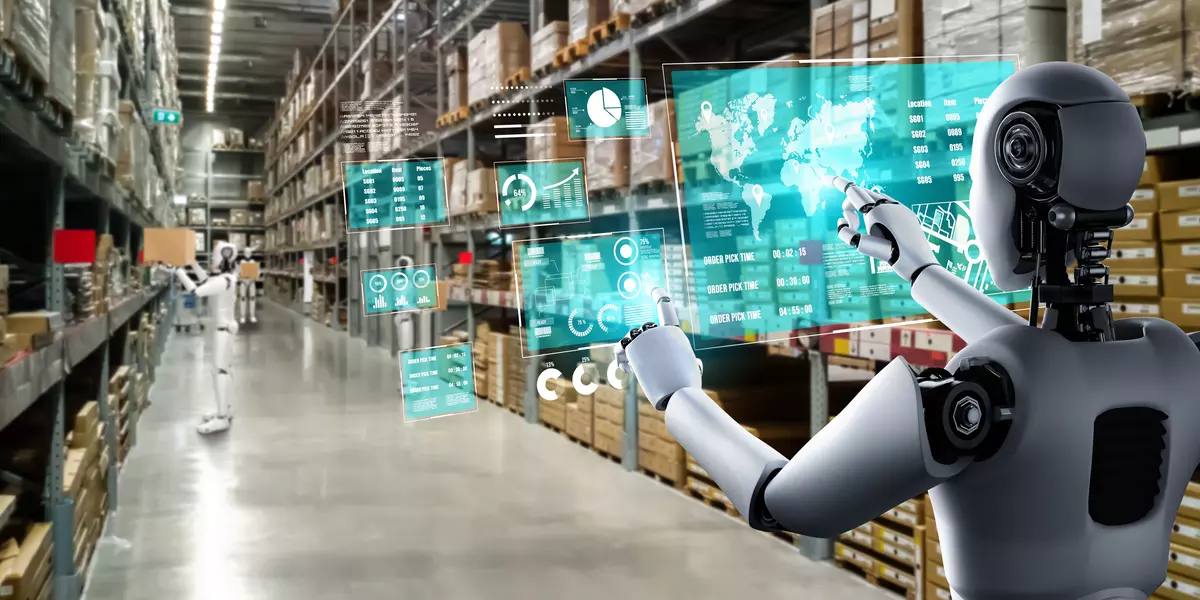The US Labor Department reports 10.4 million job openings as of August 2021, with 4.3 million people leaving their jobs. Employee turnover affects every aspect of the supply chain industry. But which areas are under the most stress due to the pandemic? How did the onset of COVID create strain in companies’ employee retention? How do consumers feel the weight of high employee turnover rates? Let's take a look into why employee turnover is at an all-time high in the US and across the globe.
Shipping containers are stuck and cannot unload goods due to a lack of employees.
In Southern California alone, nearly half a million cargo ships are sitting and waiting to be unloaded. Working shortages alongside adverse effects from COVID have created a disaster for the supply-chain industry. This backlog of ships is a direct result of employee turnover. With skeleton crews working the docs, every industry is feeling the disconnect from Target not having your favorite brand of snack chips to mobile carriers being unable to keep popular cellphone models in store.
Labor shortages are stifling the local economy.
US companies are reporting more job openings than ever before. The demand for goods has increased, and the demand for workers has risen alongside the increase in goods demand. Companies have not lured in Job-seeking individuals with increased wage and benefit offers. ING economists believe retiring employees not wanting to return to their daily commute is a critical factor in turnover. Companies feeling this strain are reducing fiscal outlook predictions for 2022.
Customer demand increases strain on employees.
The stresses of COVID-19 paired with companies overworking their current staff to meet customer demands creates the perfect storm for near-retirement employees to retire early and pushes burnt-out employees to seek out other means of employment. Specifically in supply chain, truck drivers, warehouse workers, dock workers, and factory workers have been in short supply. This shortage creates great strain on the US and global supply chain. Workers are asked to work longer shifts to meet increased demands. This mental and physical strain has created unprecedented stress on existing team members. Added pressure on employees to create more, faster with no increase to pay rate is also a lingering pressure from the pandemic. While this is true for both men and women, women are universally experiencing a more significant ripple effect in both the workplace and at home. With women becoming one of the most at-risk groups for pandemic impact, employers have the chance to support women in the workplace like never before. Employers can stand by women to listen to their specific needs to create a more resilient supply chain.
Pandemic strain reveals supply chain cracks.
Supply-chain operations with less than optimal operations have been placed under even greater stress due to these labor shortages. The stress of the pandemic has exposed the fragility of systems that were already under stress pre-pandemic. Such systems as: single sourcing materials and items, poor technology in visibility, and employee satisfaction in the workplace.
Jobs are becoming more dangerous and less attractive for the pay rate.
COVID created a more dangerous working environment across virtually every field. The fear of contracting COVID in workplaces with poorly regulated health guidelines is a real fear for workers within supply chain. Low-wage employees feel the most severe impact from COVID, statistically.
Job openings are creating a competitive market for employees.
In the midst of the chaos caused by COVID-19, it seems to have created the perfect storm for employees seeking new opportunities. Companies have shifted to work from home opportunities when the same roles pre-pandemic required employees to commute 30 minutes to an hour, five days a week. The job market has become more competitive with pay, including enticing sign-on bonuses for jobs that typically did not offer such attractive perks before COVID. Pay rates for jobs have increased, while the minimum wage has not.
The pandemic has permanently shifted the way Americans work and what they view as the standard in pay rate and benefits. Employers have the opportunity to see the current trends in the job market and adjust their current employee benefits (automation, health care, wages) to attract new employees and increase employee satisfaction to retain their existing workforce. Tackling these pain points head-on keeps companies agile and resilient to the ever-changing COVID-19 environment.
How GEODIS can help you navigate employee turnover with automation:
GEODIS is a worldwide transportation and logistics leader. We pride ourselves on being a data-driven, deeply integrated, customer-focused provider, with deep expertise in automation and employee retention.
Automation significantly reduces employee costs including recruitment, retention, salaries, benefits, and other overheads. These costs can be between 50 percent and 70 percent of overall warehouse operational expenses. It allows for logistics at scale, reducing “per‑item”
picking costs due to high throughput and volume. Automation also reduces the likelihood of manual errors resulting in fewer returns and savings on reverse logistics.
Take a deep dive into warehouse automation with our free eBook, Making The Right
Investments In Automated Warehouse Technology





















































 by
by 
